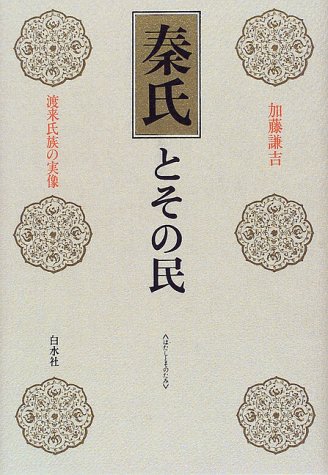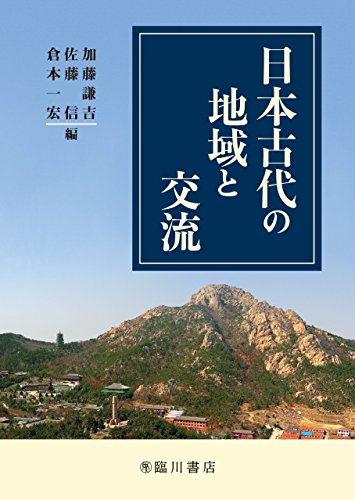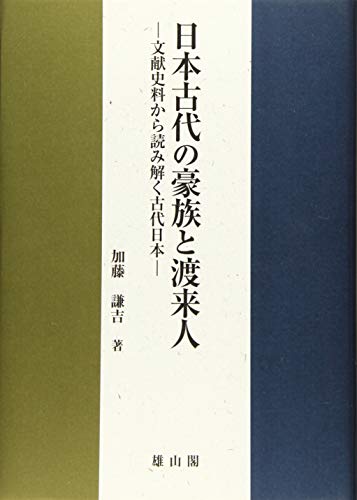2 0 0 0 OA 日本の遣唐留学生と渡来人
- 著者
- 加藤 謙吉
- 出版者
- 専修大学社会知性開発研究センター
- 雑誌
- 専修大学社会知性開発研究センター東アジア世界史研究センター年報
- 巻号頁・発行日
- vol.1, pp.51-66, 2008-03-17 (Released:2011-11-04)
文部科学省私立大学学術研究高度化推進事業オープン・リサーチ・センター整備事業
- 著者
- 朝倉 伸司 照喜名 重治 加藤 謙吉 瀧 滋彦 浅野 泰
- 出版者
- 社団法人 日本腎臓学会
- 雑誌
- 日本腎臓学会誌 (ISSN:03852385)
- 巻号頁・発行日
- vol.29, no.11, pp.1443-1452, 1987
Rats with puromycin-aminonucleoside (PAN) induced nephrosis (PAN rats) exhibit disruption of the components of the GBM, visceral epithelial glycocalyx, loss of podocyte pedicles, and degeneration of renal tubules. NAG activity and proteins in urine were assayed to evaluate the degree of renal tubular damage in PAN rats. PAN nephrosis was induced in male wistar rats weighing 150 g, with the cutaneous injection of 0, 5 mg/100 g Ba W. PAN for 7 days. The NAG activities in urine and renal tissue were assayed by MCP-NAG methods. Urinary protein was analyzed by SDS-PAGE. Urinary NAG activity significantly increased from the 5th day with its peak on the 14th day. The NAG activity was detected not only in the cortical tissue but also in iso-lated glomeruli The NAG activity in renal tissue was decreased from the 2nd to 4th weeks after PAN injection as compared with that in the normal control rats, However, the activity was recovered to the normal control level by the 9th week, The major component in the urinary proteins of PAN rats was albumin in the majority of the rats, but in several rats, low molecular weight proteins (37 K, 52 K daltons) were detected as the major components in the early stage after PAN injection, Chemical analysis of these low molecular weight proteins were performed, Immunoblotting indicated that these proteins were also found in the serum, However, the following evidence indicates that these proteins are apparently derived from renal tissue: 1) Very small amounts of these proteins are found in the blood. 2) In the urine of some rats, these proteins were found at higher levels than albumin. 3) These proteins are also found in renal tissue.Further investigation is necessary to characterize these proteins.
1 0 0 0 日本古代の地域と交流
- 著者
- 加藤謙吉 佐藤信 倉本一宏編
- 出版者
- 臨川書店
- 巻号頁・発行日
- 2016
1 0 0 0 日本古代の豪族と渡来人 : 文献史料から読み解く古代日本
- 著者
- 加藤 謙吉
- 出版者
- 吉川弘文館
- 雑誌
- 日本歴史 (ISSN:03869164)
- 巻号頁・発行日
- no.724, pp.98-100, 2008-09


